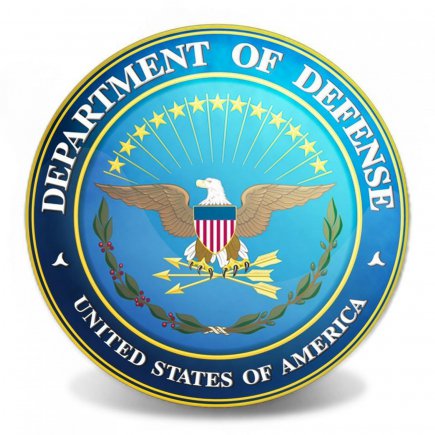Section 809 Panel Report #1: Streamlining & Codifying Acquisition
The “Section 809 Panel” is an small advisory group created by section 809 of the FY 2016 National Defense Authorization Act (NDAA) tasked to find and recommend ways to streamline and improve the defense acquisition process. On January 30th the 809 Panel released its first report on streamlining and codifying the acquisition regulations, and it was extremely positive towards the effectiveness of the SBIR program:
“Past reports and performance evaluations indicate the SBIR program generates positive outcomes for participants and the government. The Government Accountability Office (GAO) found that agencies were funding high quality and innovative proposals through the program; indicating positive returns on investment for the agencies involved. An analysis of employment and sales growth among 1,435 companies over a 10‐year span indicated that companies participating in SBIR programs across the U.S. government, particularly companies in the high‐tech sector located in areas with high volumes of private venture capital investment, were more likely to receive venture capital investments and grow in size than those companies that did not participate in SBIR.” –page 182
The 809 paper covers the findings of the economic impact studies at the Navy and Air Force, as well as the high success rate of the Rapid Innovation Fund (RIF) in transitioning technology. Among the negative findings, the 809 panel found that the SBIR process is often too slow to keep up with technology advancement, with DOD SBIR technologies taking 8 to 12 years to reach commercialization. The panel also points to an “uneven emphasis” on Phase III awards at the DOD as a cause of the slow transition of SBIR technologies. It’s final conclusion on SBIR:
“DoD should invest more heavily in SBIR and RIF, as both effectively leverage small businesses to further DoD’s mission‐related capabilities; however, both programs could benefit from greater speed and flexibility. DoD should factor SBIR technologies more explicitly into its acquisition strategies and plans. Greater speed, as well as the ability to disburse large awards under both programs, will help companies bridge the valley of death and successfully commercialize their products.” –page 191
The panel finally offered some legislative recommendations for improving the SBIR program and better leveraging its success into the broader DOD acquisition ecosystem. Amongst other recommendations, the 809 Panel recommended more than doubling the SBIR allocation, from 3.2% to 7%, and making the program permanent, both recommendations the SBTC has made in the past. Below are a few of the recommendations for improving the SBIR program at DOD (page 193):
- Amend 15 U.S.C. § 638 to make SBIR and STTR permanent.
- Amend 10 U.S.C., in recognition of the success of the SBIR program, to increase DoD’s percentage allocation of extramural R&D funds allocated to SBIR to 7 percent, phased in during 5 years.
- Amend 10 U.S.C. to allow explicitly the application of simplified acquisition procedures to SBIR Phases I and II, while ensuring SBIR intellectual property protections remain.
- Amend 10 U.S.C. § 2359 to explicitly allow SBIR and STTR technologies entering into Phase III to be eligible for sole‐source RIF awards, not requiring a J&A, and not subject to protest.
- Increase the annual appropriation to RIF to $750 million.
- Update DoD policy on major weapons system programs to emphasize SBIR technologies as essential components of acquisition strategies and plans.
The SBTC strongly supports the findings of the 809 Panel’s report, and we’ll be encouraging Congress and the DOD to take up their recommendations
Section 809 Panel Report #1: Streamlining & Codifying Acquisition

